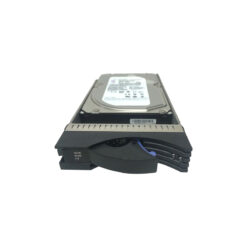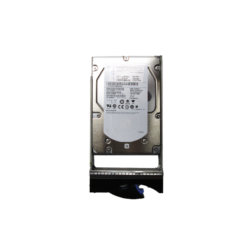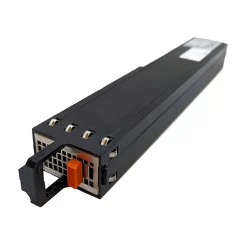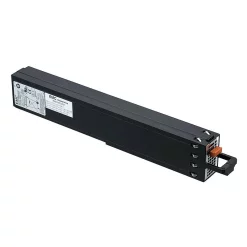Introduction to EqualLogic
In the realm of networked storage solutions, EqualLogic has been a name resonating with efficiency and reliability. Originating as a robust iSCSI storage area network (SAN) solution designed by Dell, EqualLogic has carved its niche by automating advanced storage features. The architecture is lauded for its ease of management, scalability, and performance optimization. But as the digital landscape swiftly transitions towards cloud computing, how does EqualLogic adapt to this new era?
The Shift to Cloud Storage
Cloud storage solutions have revolutionized the way organizations handle data. Companies are offered unprecedented scalability, cost efficiency, and accessibility with the help of cloud platforms such as AWS, Microsoft Azure, and Google Cloud Platform. The flexibility of the cloud reduces infrastructure costs and enhances data management strategies, driving businesses to consider shifting their storage paradigms from traditional on-premises solutions to cloud-based models.
Integrating EqualLogic with Cloud Storage
In the current technological climate, the integration of on-premises systems like EqualLogic with cloud storage is becoming increasingly pertinent. Organizations benefit from a hybrid model that combines the strengths of both systems. Here’s how EqualLogic can be effectively integrated with cloud storage solutions:
- Data Backup and Disaster Recovery: Pairing EqualLogic with cloud storage solutions ensures robust data redundancy. Cloud platforms can serve as a secondary repository for backup and disaster recovery, guaranteeing data protection in case of local failures.
- Data Tiering: Combining EqualLogic with cloud solutions allows organizations to implement automated data tiering strategies, storing frequently accessed data on-premises while relegating infrequently accessed data to more cost-effective cloud storage.
- Workload Balancing: Leveraging both EqualLogic and cloud environments, enterprises can distribute workloads effectively to optimize performance and cost. This synergy supports dynamic scaling and flexibility, a hallmark of modern IT strategies.
Advantages of the Hybrid Model
The integration of EqualLogic with cloud storage solutions epitomizes the hybrid model, delivering several advantages:
- Scalability: The hybrid setup offers seamless scalability, allowing businesses to expand storage capacity as needed without hefty infrastructure investments.
- Enhanced Performance: By strategically allocating resources, organizations can achieve improved latency and throughput, enhancing performance for mission-critical applications.
- Cost Efficiency: With strategic data allocation between on-premises and cloud storage, organizations can optimize costs by storing massive data volumes in cheaper, scalable cloud solutions.
- Business Continuity: A hybrid solution bolsters business continuity by ensuring data availability and rapid recovery through multifaceted storage strategies.
Planning for Integration
Successful integration requires thorough planning and a strategic approach:
- Assessment: Evaluate current infrastructure and determine data workloads ready for cloud migration.
- Vendor Selection: Choose appropriate cloud service providers that align with business needs and offer seamless integration with EqualLogic systems.
- Security Considerations: Implement stringent security protocols, ensuring data integrity, confidentiality, and compliance with industry standards and regulations.
- Testing: Conduct rigorous testing phases to simulate integration outcomes, addressing any potential challenges.
- Implementation: Execute the integration with a phased approach, continuously monitoring performance and making necessary adjustments.
Key Performance Metrics
The integration’s success can be measured using key performance indicators (KPIs). Monitoring these KPIs is crucial to ensure optimal performance and efficient resource utilization.
| KPI | Description |
|---|---|
| Latency | Measures the time taken for data to travel from the storage system to the client device. |
| Throughput | Represents the amount of data processed by the storage system in a given time frame, an indicator of efficiency. |
| Storage Utilization | Tracks the percentage of storage capacity used, assisting in planning and cost management. |
| Data Transfer Costs | Calculates expenses related to data movement between on-premises and cloud storage, essential for budget adherence. |
Conclusion
Navigating the cloud era, the amalgamation of EqualLogic and cloud storage solutions represents a forward-thinking approach. It offers the best of both worlds, providing on-premises control, security, and performance alongside the flexibility, scalability, and cost-effectiveness of cloud environments. As organizations evolve, embracing a hybrid model stands as a pivotal step towards robust, resilient, and future-ready storage strategies.












